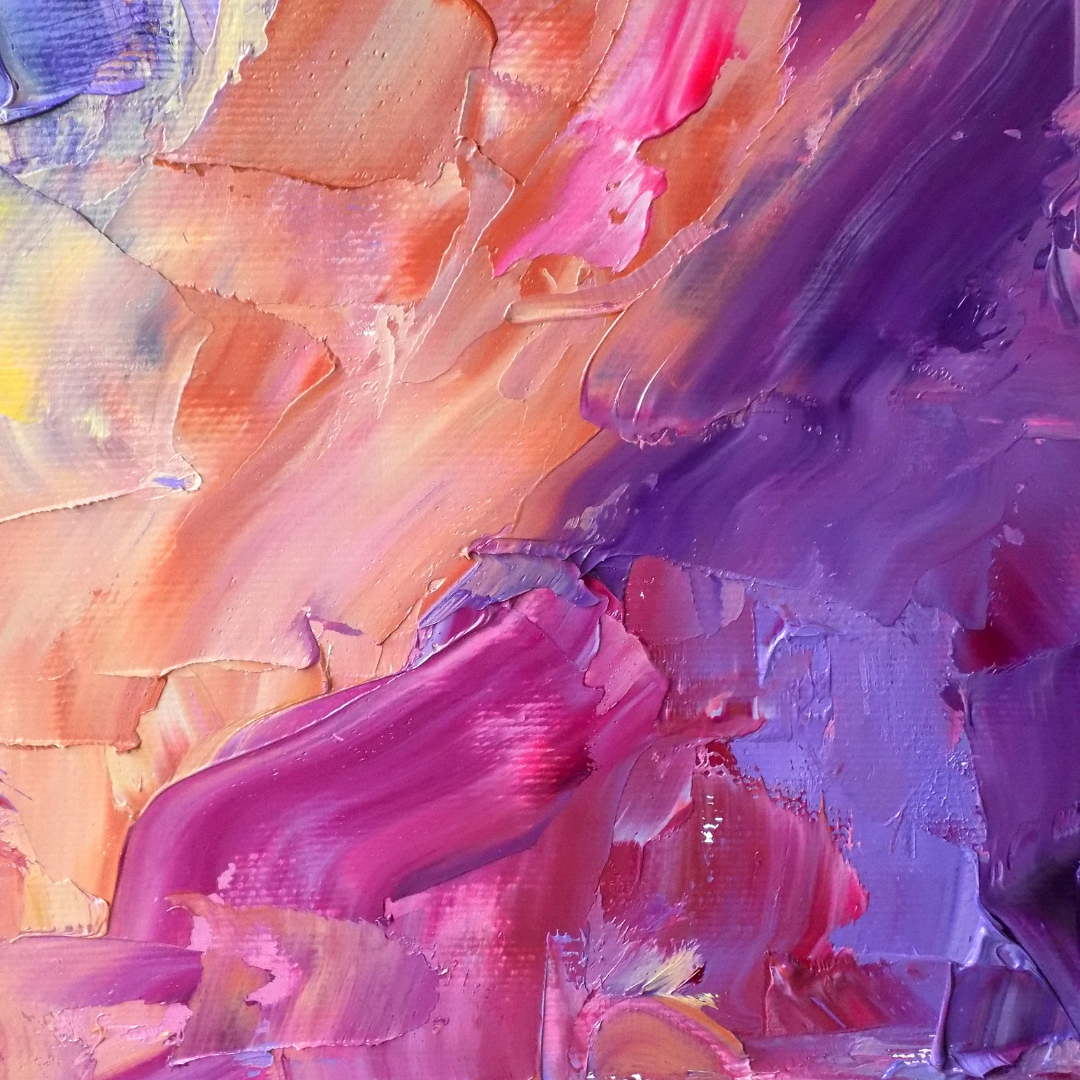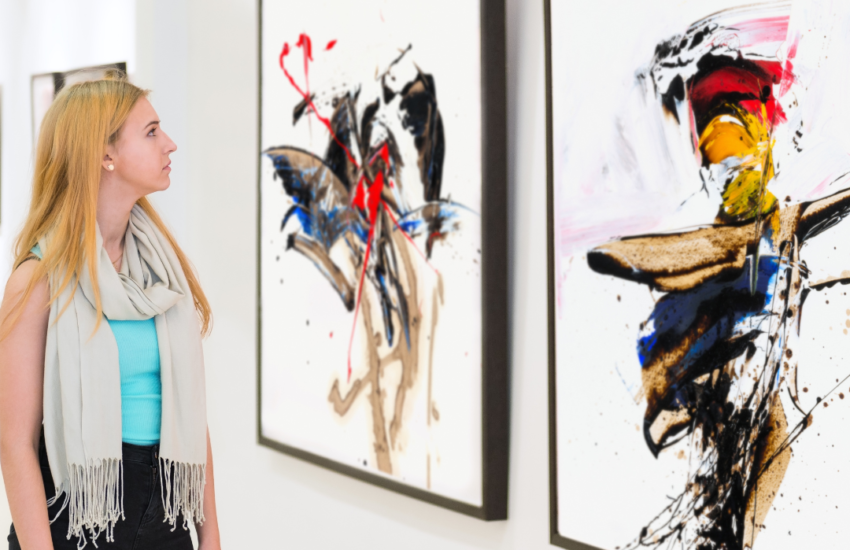How To Make the Best Paint Strokes?
Painting is a skill that’s useful to have as an artist. But most people aren’t artists, so learning how to make the best paint strokes often isn’t a priority for most people. Which is a shame because learning how to paint can be a great therapeutic or profitable hobby.
Have you ever painted a wall or piece of furniture and wanted to paint to create the perfect finish? Painting can be a great way to express yourself, and it can also be intimidating, especially when painting your first picture. With the right technique and the right tools, you can create beautiful works of art.
Learning to paint well improves the quality of your work and it’ll minimize the amount of frustration you feel while painting. Not to mention, painting can be a lot more fun when you don’t have to squint through muddy, streaky, or splotchy strokes.
To help you make the best choices, we’ll show you the best paintbrushes for a variety of uses, how to use them, and how to have control over them.
Get the right brushes
Making good paint strokes is critical to achieving a professional-looking finish. However, it can be hard to decide which ones you really need with so many tools on the market. Paintbrushes come in different sizes, shapes, and textures. Round, flat, fan, angle, filbert, and rake each create a different shape and effect as they paint. There are also pallet knives used to scrape paint and create thick lines with thin spreads.
Some brushes are soft and flexible and ideal for creating a smooth, even finish, while others are stiff and rigid, ideal for creating bold brush strokes. The smaller the brush the more detailed work you can create. The best advice here is to experiment with different types of brushes and deciding which ones you like best. Learning how to use those brushes effectively will make your painting projects look professional.
For painting walls or large areas, you will want a roller brush or bristle brush. Both can come in large or small sizes to correspond with the area you’re working in. Bristle brushes are best used for painting trims, cabinets, and other pieces of furniture. Sponges can also be used for painting walls and furniture and can create a unique texture.
When it comes to painting tools, there’s no shortage of expensive options and professional-grade implements that can improve the quality of your brushstrokes. Still, you don’t need to invest in pricey equipment to hone your technique. In
Learn the techniques
There will be many times when you are not satisfied with the results you are getting from your chosen brush or tool. You may be getting an indentation in the middle of the canvas, or there could be some lines that are too faint or clear to be seen. Perhaps you are painting a wall and it is not looking smooth or professional at all.
Needless to say, this is frustrating. Often the cause is that you’re using the wrong brush, or the right brush the wrong way. Therefore you should learn the proper techniques to make the best paint strokes to eliminate this problem.
See how the professionals use each brush and use that in your own methods. For example, a fan brush is best used for blending paint already on a canvas, when applying tiny amounts of paint to dry canvas, or creating wavy streaks on a wet canvas.
When wall painting, painting in one direction in a straight line is one technique. Another is to roll out a “W” shape with a thick amount of paint before spreading it into a neat square. Whichever technique is used, painting the edges neatly with a bristle brush is highly recommendable.
Also, don’t be scared to try these techniques for the fear of getting them wrong, as any experienced painter today was once an amateur. To avoid this fear, however, you can also keep the calling number of a painter handy, possibly by searching online for “my house painter” who can rectify your mistakes and make the walls look their best again.
Have control over your paintbrush
You have the brush and you know how to use it, now you have to learn to control it. The paintbrush has the power, but the paintbrush holder holds the paintbrush tight and keeps the bristles from spreading out. Or the paintbrush holder holds the brush too loose and let the brush move in its own way, creating all kinds of unorthodox lines.
When you want to be very precise and detailed, having greater control over your brush is key. When wanting to create abstract or unusual work, looser and wider strokes can help you create liberal shapes. Using only your wrist opposed to using your whole arm to paint will also directly affect the precision and shape of your work.
Painting is an art-and like any art, it takes practice. With the right tools and techniques, anyone can master their paintbrush. Whether a professional painter or an amateur, making the best paint strokes leads to creating great artwork. But each artist also learns from their mistakes; just like we make better brush strokes by learning from our past mistakes, we too can learn from our painting mistakes.
The canvas not only holds the picture but everything the painting touches in the world, including pride and joy for the artist. The painting, of course, is the masterpiece itself.



